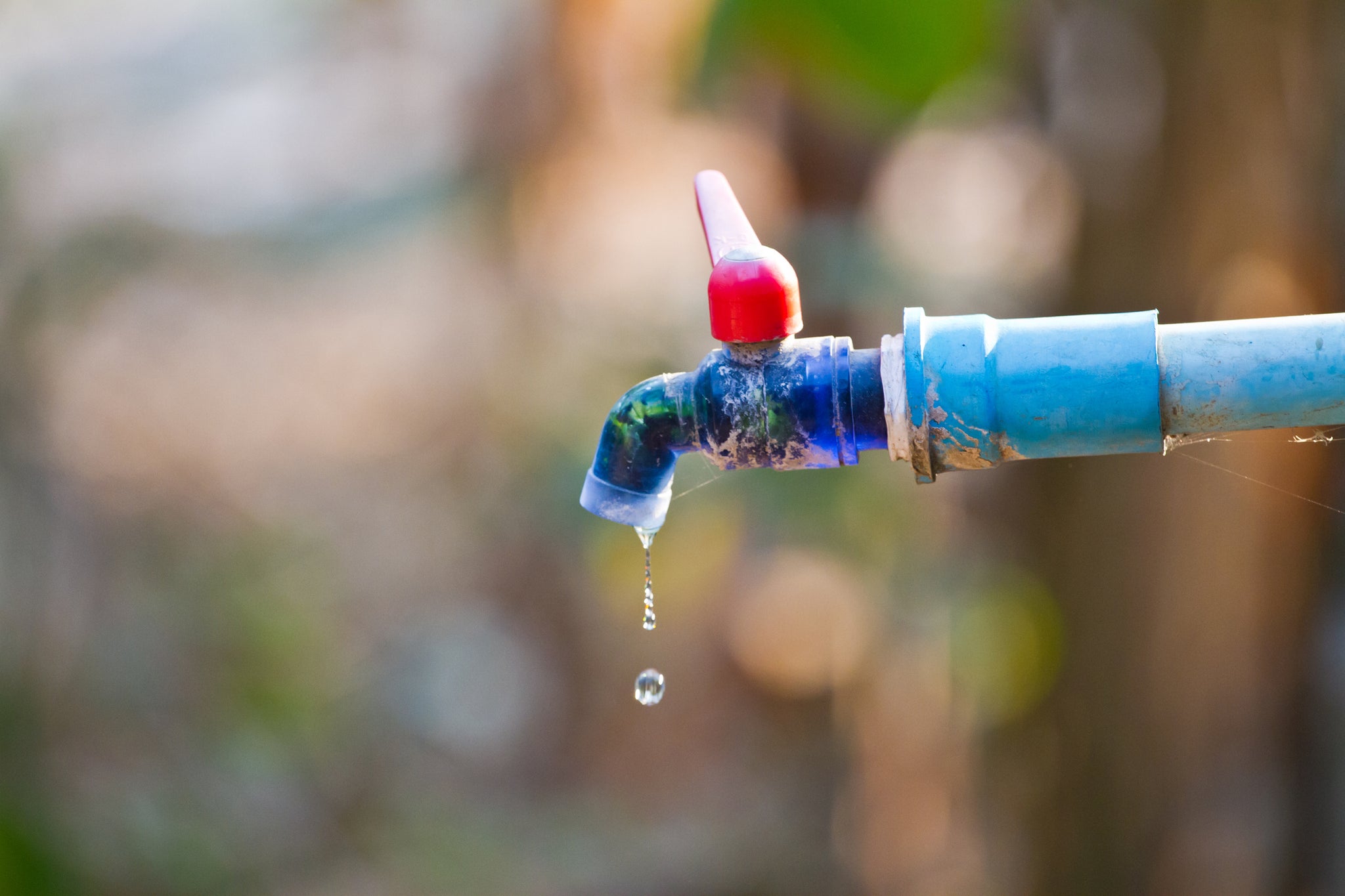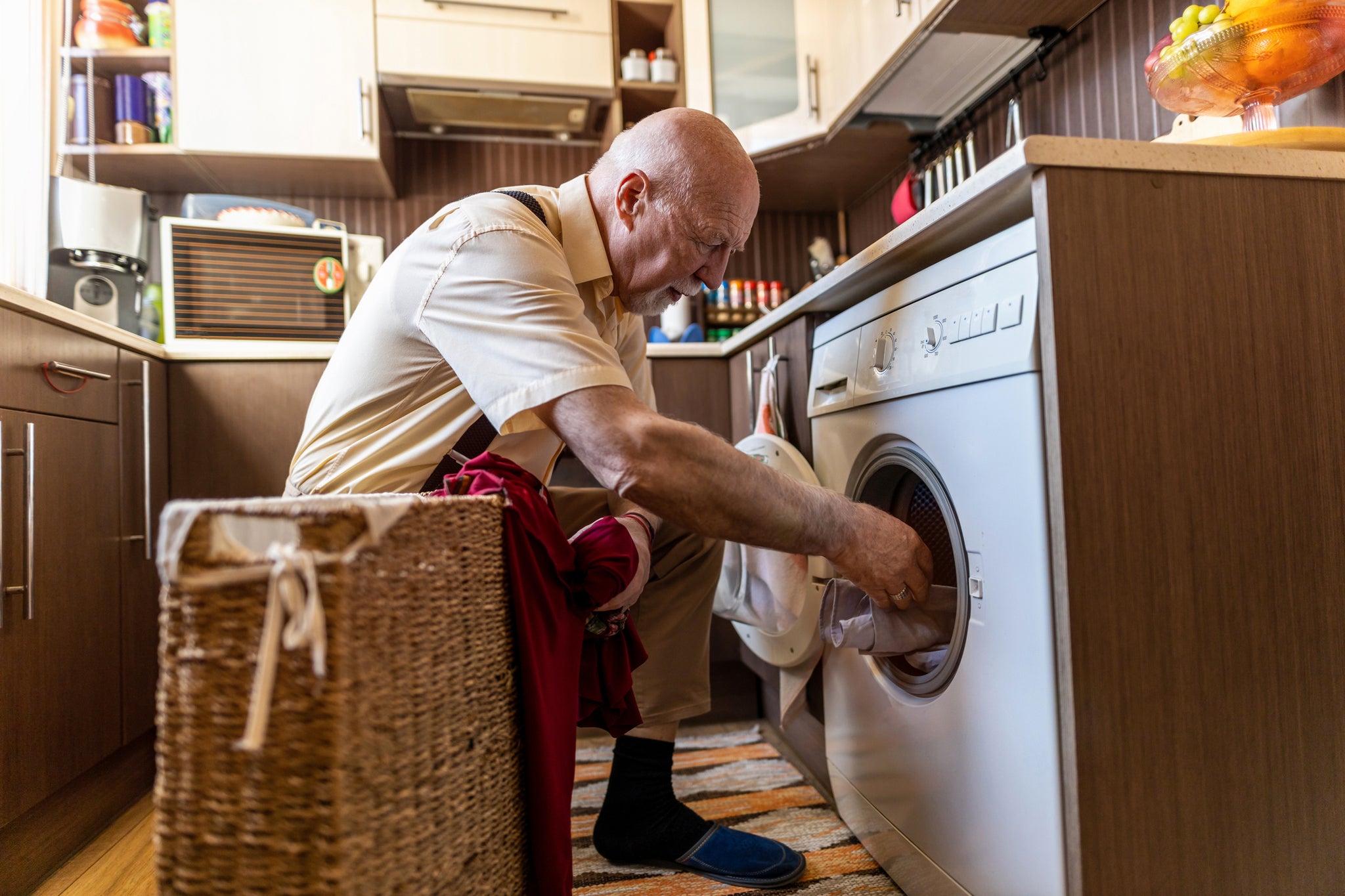Post-micturition dribble (PMD) is an often-under discussed urinary issue that affects many individuals. Characterized by the leakage of a small amount of urine after the completion of urination, PMD can cause discomfort and embarrassment for those affected. This article aims to provide a clear and concise overview of PMD, including its causes, management strategies, and available treatment options.

What is Post-Micturition Dribble?
Post-micturition dribble refers to the involuntary loss of urine immediately after urinating. Unlike some forms of urinary incontinence, which can occur at any time, PMD specifically happens right after voiding the bladder. It is more common in men but can also affect women.
Post-micturition dribble is often the only lower urinary tract symptom experienced by a patient, 53.4% according to one study, but it is also frequently combined with other LUTS. For example, 21% of men had both PMD and incomplete emptying.
Causes and Risk Factors
The primary cause of PMD is the inability of the urethra to completely empty itself of urine. In men, this can be due to urine being trapped in the bulbous urethra; in women, it may result from urine pooling in the proximal urethra or vaginal vault. Various factors can increase the risk of PMD, including:
- Age: Muscle weakness around the pelvic floor tends to increase with age.
- Prostate Issues: Enlarged prostate or prostate surgery can contribute to PMD in men.
- Childbirth: The strain of vaginal childbirth can weaken pelvic floor muscles in women.
- Obesity: Excess weight can put additional pressure on the bladder and surrounding muscles.

Symptoms and Diagnosis
The main symptom of PMD is the leakage of urine after you think you’ve finished urinating. This can lead to wet spots on underwear or clothing, causing embarrassment and discomfort. Diagnosis typically involves a physical examination, discussion of symptoms, and potentially a post-void residual (PVR) measurement to assess how much urine remains in the bladder after urination.
Management Strategies
Managing PMD involves lifestyle changes, pelvic floor exercises, and sometimes medical intervention. Here are some strategies that can help:
Lifestyle Changes
- Changing Urination Technique: Pass urine as usual then wait a few moments for the bladder to fully empty. Place your fingertips about 3 finger widths behind the scrotum and gently apply some pressure. Draw your fingers forward and downwards between the testicles towards the end of the penis. This helps push the remaining urine in the urethra so it can be emptied fully.
- Double Voiding: Urinate, then wait a few moments and try again to empty the bladder fully.
- Maintain a Healthy Weight: Reducing excess weight can alleviate pressure on the bladder.
- Stay Hydrated: Proper hydration can prevent urine from becoming too concentrated, which may irritate the bladder.
- Pelvic Floor Exercises: Strengthening the muscles of the pelvic floor can help control the symptoms of PMD. Kegel exercises, which involve tightening and releasing the muscles that control urine flow, can be particularly effective.
For many, lifestyle adjustments and pelvic floor exercises will significantly reduce symptoms. Others may require more direct medical intervention. It's important to consult with a healthcare provider to determine the most appropriate treatment plan for your situation.
Medical Interventions
In some cases, medical treatment may be necessary. This could include:
- Medications: Certain medications can help manage symptoms, especially if PMD is linked to an enlarged prostate.
- Surgery: Surgical options may be considered for severe cases, particularly if caused by structural issues.

Coping and Support
Living with PMD can be challenging, but there are ways to cope effectively:
- Use Protective Garments: Absorbent pads or underwear can provide security against leaks.
- Practice Good Hygiene: Regular washing with skin-safe cleansers and the use of barrier creams can prevent skin irritation.
- Seek Support: Talking to a healthcare provider or joining a support group can provide valuable advice and emotional support. Because Market offers two private support groups for those with incontinence.
Conclusion
Post-micturition dribble is a manageable condition with the right strategies and treatments. Understanding the causes and exploring effective management techniques can significantly improve quality of life for those affected. If you suspect you have PMD, don’t hesitate to seek medical advice to find the best approach for your situation. Living with PMD can be less burdensome with informed care and support.
Sources:
Bladder & Bowel Community. (n.d.). Post-micturition dribble. Bladder & Bowel Community. Retrieved February 22, 2024, from https://www.bladderandbowel.org/bladder/bladder-conditions-and-symptoms/post-micturition-dribble/
Yang DY, Lee WK. A current perspective on post-micturition dribble in males. Investig Clin Urol. 2019 May;60(3):142-147. doi: 10.4111/icu.2019.60.3.142. Epub 2019 Apr 26. PMID: 31098420; PMCID: PMC6495033.
Royal United Hospitals Bath NHS Foundation Trust. (2017, Feb.). Post micturition dribbling. Retrieved February 22, 2024, from https://www.ruh.nhs.uk/patients/Urology/documents/patient_leaflets/UR0016_Post_Micturition_Dribbling.pdf?t=18155.43
































